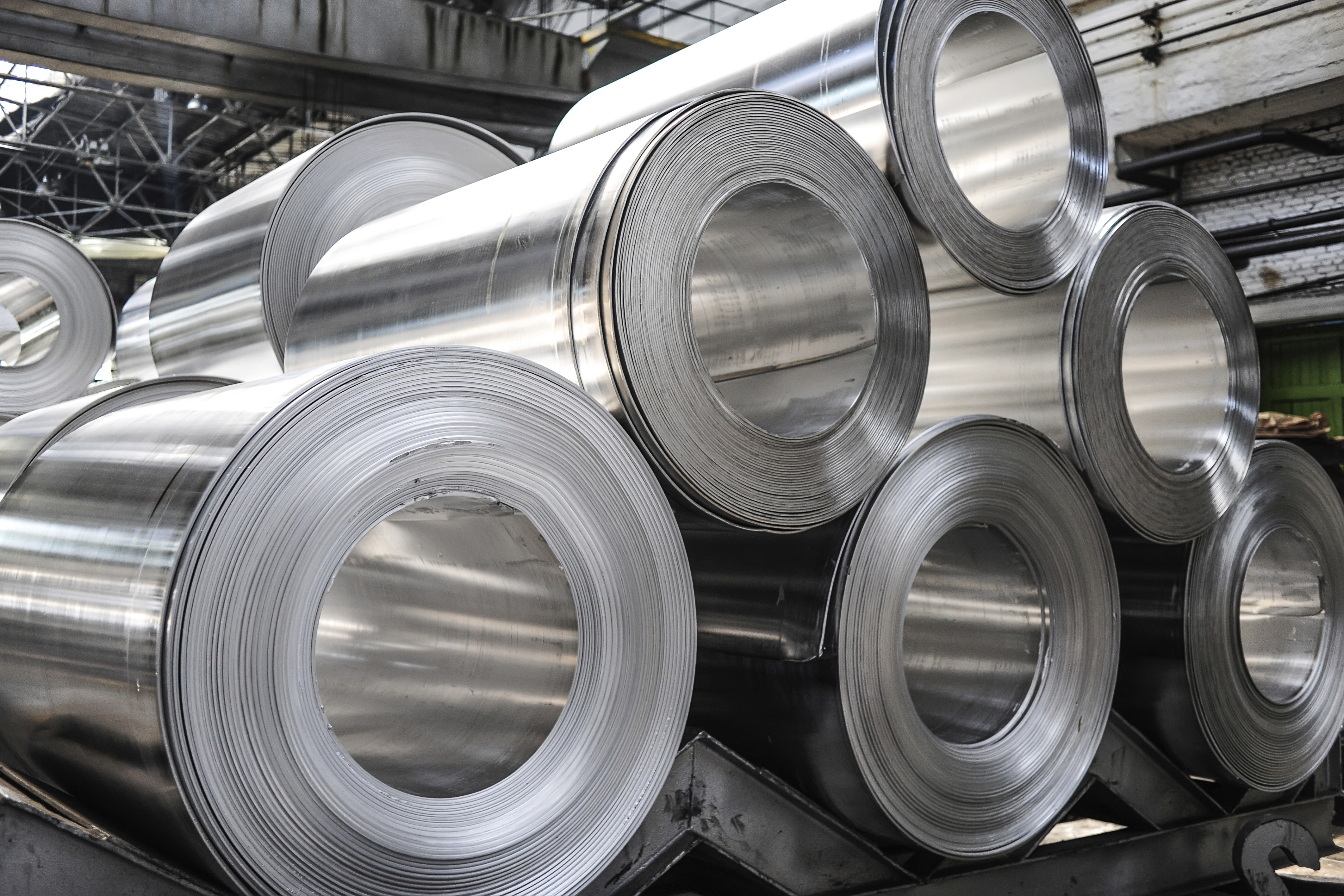Iran Aluminum Industry’s Challenges and Prospects

EghtesadOnline: Aluminum is the world’s fastest growing industrial metal and Iran has the potential to be a major player in this sprinting, lucrative sector, according to a presentation made by the London-based Commodities Research Unit Group at the Iranian Mines and Mining Industries Development and Renovation Organization headquarters in Tehran at the weekend.
Representatives from nearly all of Iran’s major mining companies were present at CRU seminar.
Mobarakeh Steel Company, National Iranian Steel Company, Esfahan Steel Company, National Iranian Copper Industries Company, Iran Aluminum Company, Iranian Zinc Industries Development Company, Middle East Mines and Mining Industries Development Holding Company, and Chadormalu Mining and Industrial Company were among the key participants.
First established in 1968, CRU is a privately-owned business intelligence company focusing on global mining, metals and fertilizers markets. It provides consultancy, business analysis, news, data and conferences services.
The text of CRU’s presentation was published on social media in a communiqué and seen by Financial Tribune.
Mideast Prospers in Growing Industry
According to Michael Insulan, CRU’s aluminum raw materials expert, demand for aluminum has been growing on a fast track. The silver metal has recorded a nearly 6% compound annual demand growth rate for the 2000-15 period. Aluminum has even topped iron ore demand growth, the global commodity market’s most wanted material ever since China’s furnaces started churning out steel with world industrial dominance in mind.
Insulan believes aluminum will continue this trend up until 2020, with the only difference being that the transportation sector will replace construction as the main driver of growth for the mineral.
This is while aluminum and its raw materials (bauxite, alumina) , unlike other mineral commodities’ fluctuations in terms of market supply and price for the past few years, remained relatively calm as they were never supply constrained and the prices consequently never spiked.
Bauxite is a naturally occurring ore containing variable amounts of hydrous aluminum oxides, which is mainly used in aluminum metallurgy, industrial ceramics, and chemical processing. The mineral is then turned into alumina. Every four kilograms of bauxite yields 1.93 kilograms of alumina, while it takes 1.93 kilograms of alumina to produce one kilogram of aluminum.
In the meantime, Middle East aluminum producers have gone from minor players to global in less than a decade. The United Arab Emirates, Bahrain, Saudi Arabia, Qatar, Oman, Iran and Turkey currently account for close to 22% of the global aluminum output, up from less than 6% in 2000.
The regional producers also enjoy lower energy and alumina procurement costs compared to the global average, further honing their competitive edge. According to Insulan, energy and alumina procurement costs account for about 70% of total production costs.
Middle Eastern producers’ primary shortcoming is their feeble bauxite and alumina output due to their limited domestic reserves. This has brought the smelters to get most of their alumina and bauxite from Brazil and Australia, followed by Guinea and India.
Iran’s Potential
The CRU expert believes that Iran has nearly all the perquisites for a successful aluminum sector, such as access to cheap power, qualified yet cheap labor force, required production technology and a growing domestic market. Moreover after the removal of sanctions in January, the country is gradually regaining its footstep in international markets.
Just like other Middle East states, the main impediment holding back the Iranian aluminum industry is lack of ready access to alumina and bauxite and the neeed for imports.
Iran is in fact paying over the odds for importing alumina compared to international benchmarks. According to CRU, the average Iran CIF alumina in July was close to $280 per ton, while the global aluminum price index stood at about $240, according to Financial Tribune.
However, imports are still less costly compared to Iran’s domestic alumina production. Each ton of alumina costs $295 to be manufactured at Jajarm Alumina Plant. The country’s only source of bauxite is Jajarm Mine in the city by the same name in North Khorasan Province, with reserves estimated at less than 20 million tons.
According to CRU, Iran’s route to gaining access to cheap and sustainable bauxite goes through economies of scale, the lack of which is the main cause of high Iranian alumina costs. Iran enjoys the same cheap energy and labor advantages its Middle East neighbors do, but its site operation costs in alumina production cause it to fall behind in competitiveness. The lifting of sanctions has made it easier for Iran to develop its industrial infrastructure and seek access to modern, more efficient production technology.
The other route is importing bauxite and processing it into alumina in domestic plants. Australia and Guinea have the highest concentration of bauxite reserves in the world, followed by Brazil, Vietnam, Jamaica, China and Indonesia.
The country already has a deal with Guinea for bauxite procurement. Iran signed a 25-year agreement with the African country in 1992 to explore and extract 600 million tons of bauxite from its 13 bauxite plateaus at Dabola and 12 at Tougue, both in central Guinea. The 50-50 partnership with the Guinean government was recently renewed for another 25 years, and the exploitation of the mine is set to begin by the end of this year.


